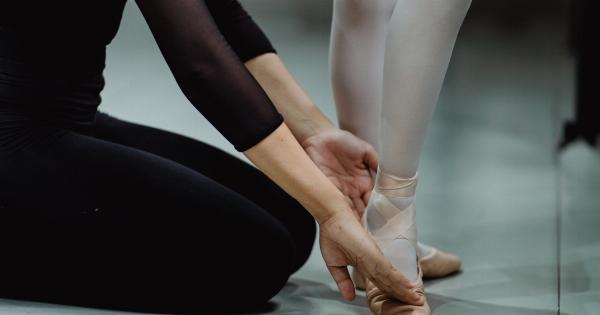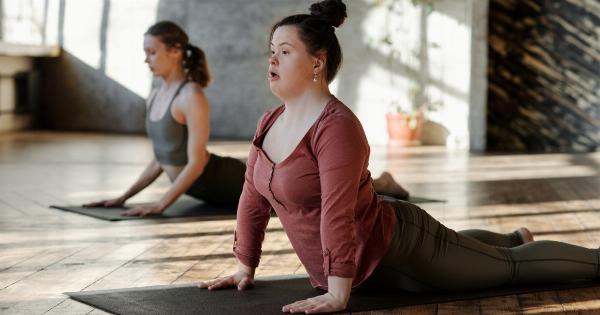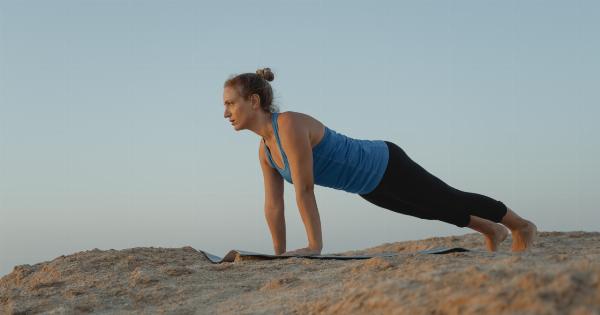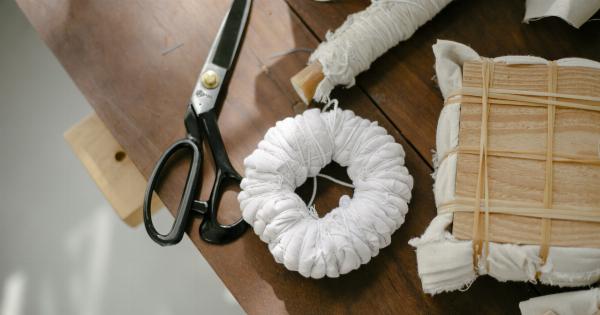Kyphosis is a condition characterized by an excessive forward rounding of the upper back, creating a hunched or slouched appearance. It is commonly seen in people with poor posture, a sedentary lifestyle, or certain medical conditions.
While kyphosis can be a complex issue that requires professional guidance and treatment, there are several exercises that can help improve posture and strengthen the muscles supporting the spine. In this article, we will look at the top two kyphosis correction exercises.
1. Thoracic Extension Exercises
Thoracic extension exercises focus on improving the flexibility and mobility of the upper back, which can help correct kyphosis. One effective exercise is the thoracic foam roller extension:.
Instructions:.
- Start by sitting on the floor with your knees bent and feet flat on the ground. Place a foam roller horizontally on the floor, aligned with your upper back.
- Lie back on the foam roller, making sure it is positioned at the level of your mid-back or slightly below it. Your head should be supported by the roller.
- Interlace your fingers behind your head, crossing your arms over your chest.
- Gently lean back over the foam roller, allowing your upper back to stretch and extend over it.
- Hold this position for 20-30 seconds, focusing on deep breathing and relaxing your upper back.
- Repeat for 3-4 sets, gradually increasing the duration of each hold over time.
Thoracic extension exercises like this can help improve thoracic spinal mobility, reduce rounded shoulders, and correct kyphosis.
2. Scapular Retraction Exercises
Scapular retraction exercises target the muscles responsible for stabilizing the shoulder blades, helping to improve posture and kyphosis. One effective exercise is the standing scapular squeeze:.
Instructions:.
- Stand upright with your feet shoulder-width apart and your arms by your sides.
- Squeeze your shoulder blades together, as if trying to hold a pencil between them.
- Hold this contraction for 5-10 seconds, while maintaining normal breathing.
- Release the contraction and repeat for 10-12 repetitions.
This exercise can be performed multiple times throughout the day and can help strengthen the postural muscles, reducing the effects of kyphosis.
Conclusion
While these two exercises can be beneficial for correcting kyphosis, it is important to consult with a healthcare professional or a physical therapist before starting any exercise program, especially if you have an existing medical condition.
They can provide personalized guidance and create a comprehensive exercise plan that takes into account your specific needs and limitations. Remember, consistency and proper form are key to improving posture and correcting kyphosis in the long run.






























